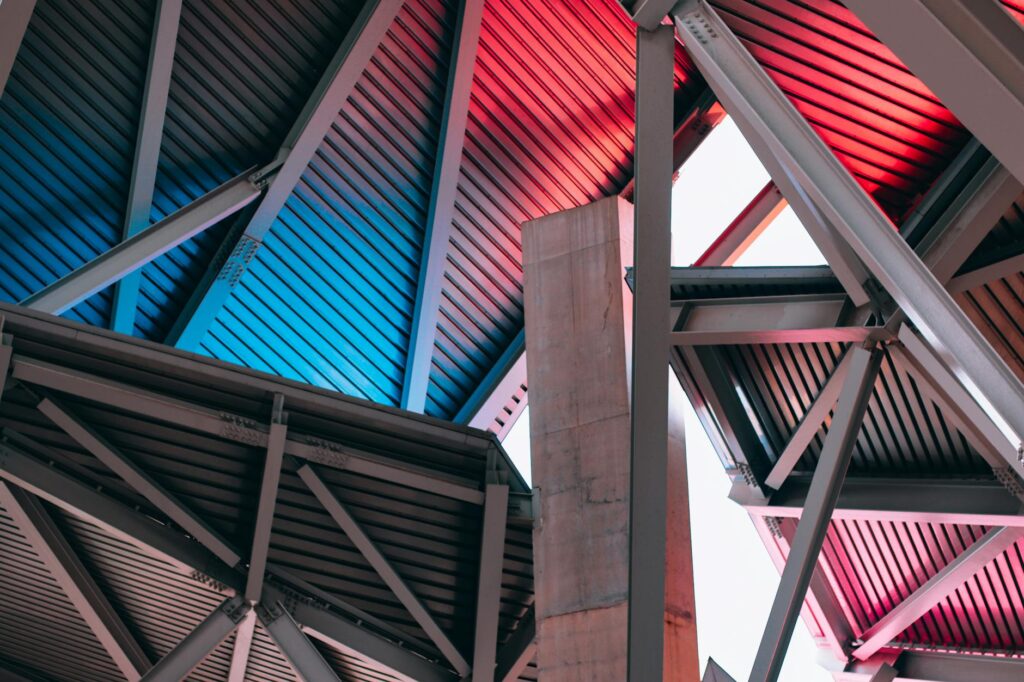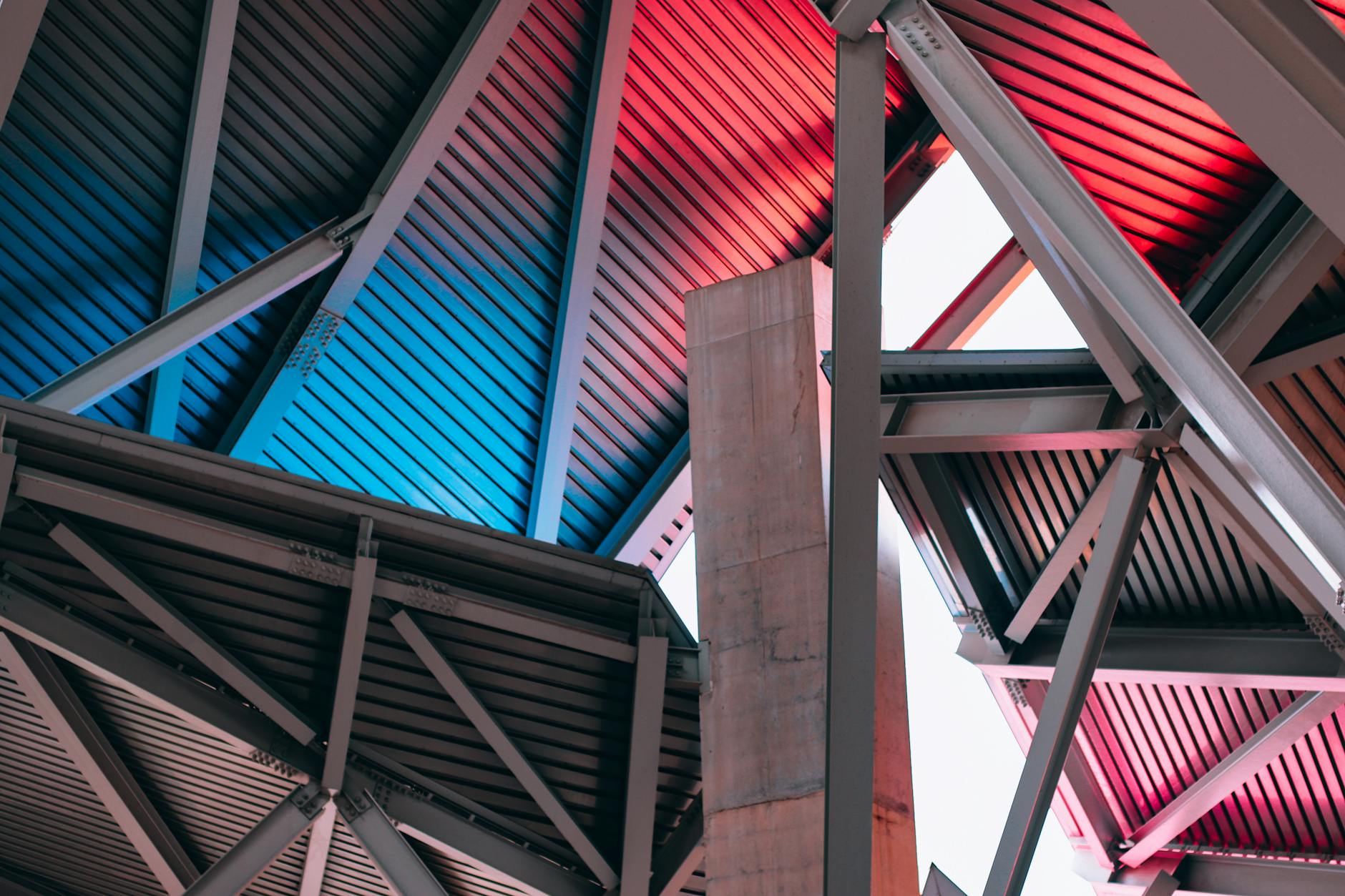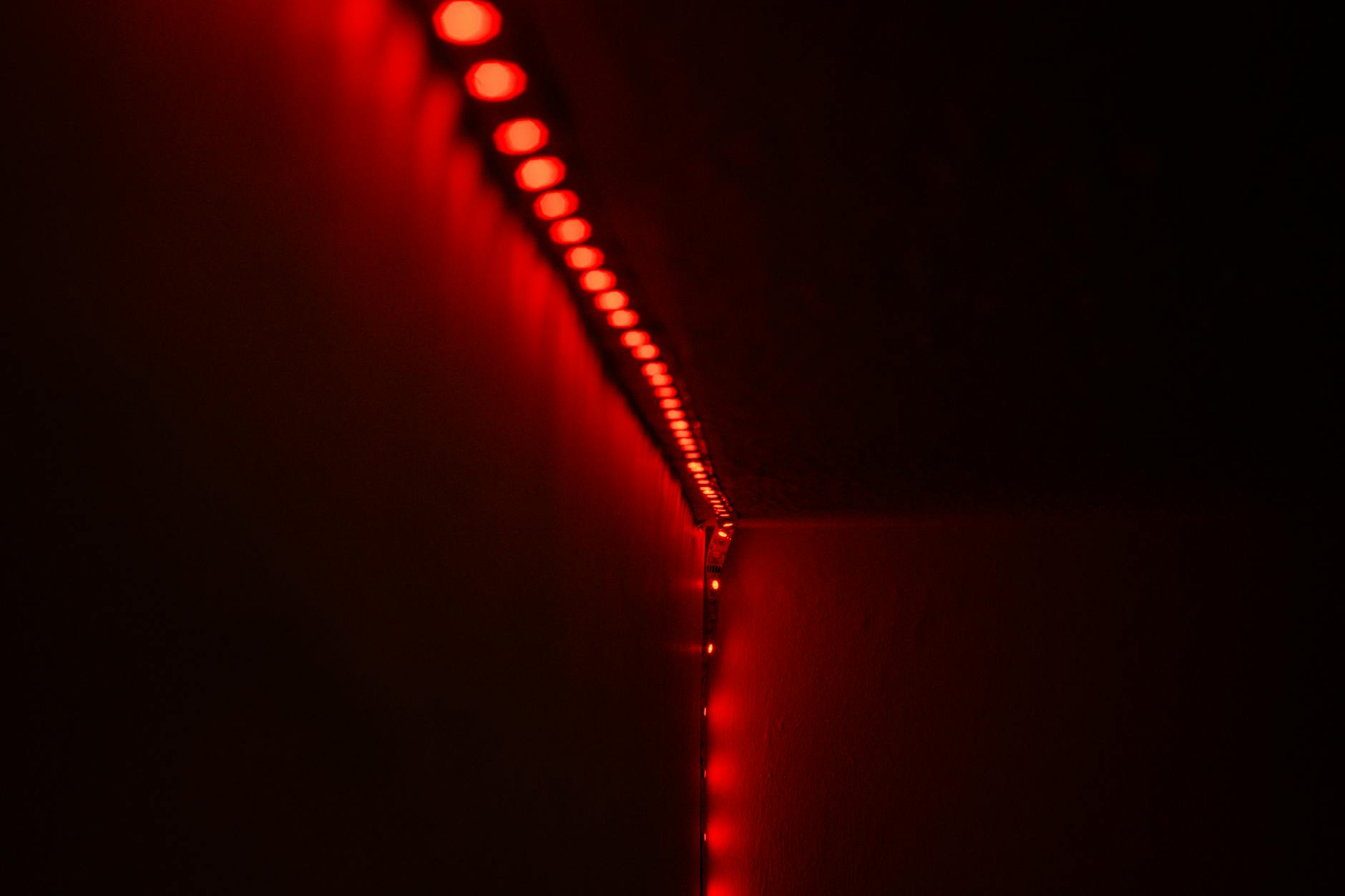When it comes to accent lighting, the power doesn’t just lie in the type of light you choose but also in how you choose to direct it. This is where beam angle, often an overlooked component, plays a crucial role. Understanding beam angle can transform a space from average to exceptional, emphasizing details and creating ambiance. Let’s delve into what beam angle is and why it deserves more recognition in the world of accent lighting.
The Basics of Beam Angle
Beam angle refers to the spread of light from a light source. It is measured in degrees, and it dictates how wide or narrow a light is cast. The smaller the number, the more focused the light beam is. This characteristic is essential for creating accent lighting, as it allows for precise control over what is highlighted in a space.

Why Beam Angle Matters in Accent Lighting
Accent lighting is all about drawing attention to specific features or areas within a space. Whether it’s artwork, architectural details, or a reading nook, the right beam angle can enhance these elements significantly. A narrow beam angle can spotlight a specific object, while a wider beam can wash a wall or illuminate a larger area.
Choosing the Right Beam Angle
Selecting the correct beam angle requires consideration of the space and the objects you wish to accentuate. Common angles range from very narrow ( 60 degrees) for general lighting. Experimentation can help in determining the best angle for your needs, keeping in mind that the distance between the light source and the target also affects perception.
Impact of Beam Angle on Mood and Atmosphere
Beyond highlighting architectural features or artworks, beam angles significantly affect the mood and atmosphere of a space. Narrow beams create dramatic effects with high contrast shadows, while wider beams offer a more inclusive and welcoming vibe. This subtlety in lighting design can evoke different emotions, enhancing the overall experience of a room.

Matching Beam Angle with Light Fixtures
Not all light fixtures offer the same beam angle options. Recessed lights, for example, can be equipped with different bulbs to adjust the beam angle, while other fixtures are designed with a fixed angle in mind. When planning accent lighting, it’s important to select fixtures that support the desired beam angle.
Beam Angle and Energy Efficiency
With the advent of LED technology, there’s a growing emphasis on energy efficiency in lighting. The beam angle plays a pivotal role in this, as a more focused beam means less wasted light and, therefore, more energy savings. This is especially relevant in accent lighting, where the goal is to illuminate specific areas without excess spill.
Professional Tips for Beam Angle Selection
Professional lighting designers often recommend starting with the end in sight. Consider what you want to highlight and the effect you wish to achieve. Use mock-ups or simulations to test different beam angles and intensities. Additionally, consulting with a professional lighting designer can provide insights and recommendations tailored to your specific project.
In conclusion, the beam angle is a critical element in accent lighting that, when leveraged correctly, can dramatically change the appearance and feel of a space. Its capacity to focus and direct light makes it an indispensable tool in the hands of those looking to create compelling and vibrant environments. As the unsung hero of lighting design, understanding and utilizing beam angle can elevate your lighting project from good to great.
Frequently Asked Questions
What is the best beam angle for accent lighting? The best beam angle depends on the object or area you’re highlighting and the desired effect. Narrow angles are great for focusing on small features, while wider angles are better for illuminating larger spaces.
Can I adjust the beam angle on any light fixture? While some light fixtures allow for adjustable beam angles, others have fixed angles. It’s important to check the specifications of your lighting fixtures.
Does the beam angle affect energy consumption? Yes, a narrower beam angle can lead to more efficient use of light and energy, as it reduces waste by focusing light only where needed.
How does beam angle influence the mood of a room? The beam angle can create various atmospheres, from dramatic and focused to soft and inclusive, depending on how it’s used within the space.
Where can I find fixtures with specific beam angles? Most lighting and home improvement stores offer a range of fixtures suited to different beam angles. Online retailers and specialty lighting stores are also good sources.





